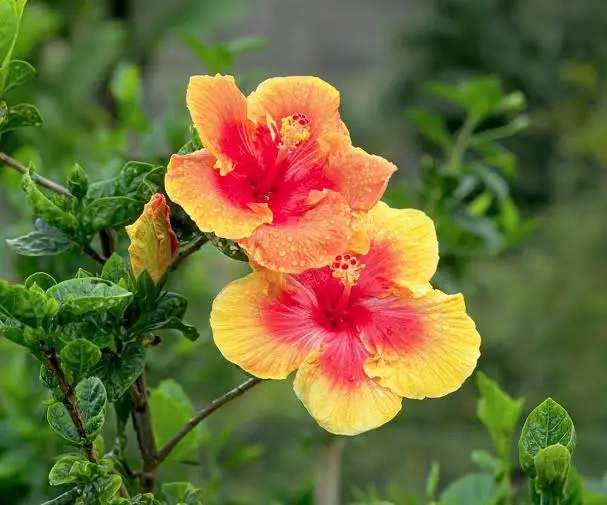Jamaica Flower: A Global Blossom of Culture, Wellness, and Tradition

July 16, 2025 Hour: 2:17 pm
From ritual offerings to vibrant beverages, the Jamaica flower—also known as hibiscus or Roselle (Hibiscus sabdariffa)—has bloomed into a cultural and medicinal icon across continents.
Native to Africa and India, but widely cultivated in Mexico, the Caribbean, South America, and parts of Asia, this tropical plant has grown into a staple in kitchens, gardens, and healing practices around the world.
In Mexico and Central America, agua de flor de Jamaica, a tart magenta tea made from dried calyces, is a cherished refreshment paired with traditional foods. In Panama, seasonal blends include ginger, cloves, and cinnamon for Christmas and Chinese New Year.
Across West and North Africa, the tea—locally known as karkadé—is often served at weddings or sold in bustling street markets. In Senegal, it’s considered the national drink, embodying hospitality and celebration. The plant’s significance crosses borders: it is also the national flower of Haiti, South Korea, and Malaysia, and holds ceremonial value in Hindu rituals where red hibiscus is offered to the goddess Kali.
Beyond its cultural footprint, the Jamaica flower plays a vital role in traditional medicine. Studies highlight its potential to lower blood pressure, combat inflammation, and support metabolism and liver function. The dried calyces, rich in vitamin C and antioxidants, are used in teas and extracts available in pharmacies and holistic markets worldwide.
Botanically, there are more than 300 hibiscus species, known for their bell-shaped blooms and adaptability to diverse climates. Whether it’s the Sharon hibiscus thriving in urban shade or the rose mallow loving North American sun, the plant remains a garden favorite. Most varieties bloom in spring and summer and require six hours of sunlight, well-drained soil, and proper hydration and fertilization.
In recent years, UNESCO included hibiscus blends in its documentation of intangible cultural heritage, recognizing the flower as a carrier of history, resilience, and healing across communities.
From colonial trade routes to backyard herbal remedies, the Jamaica flower continues to thread together stories of migration, resistance, and renewal, echoing the enduring power of plants to nourish both body and spirit.
Author: OSG

